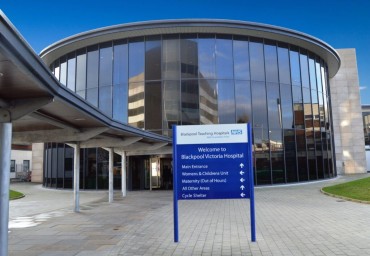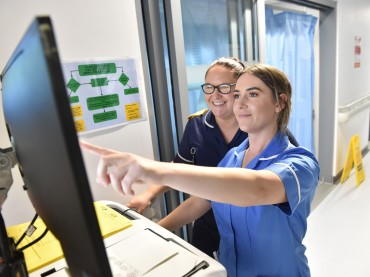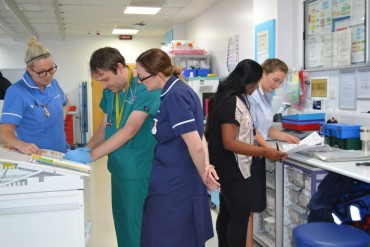Overview
You have been asked to read this booklet because someone close to you has died. On behalf of our staff, we would like to express our sympathy to you and your family following your loss.
When someone dies it can be a distressing and confusing time for family members. In some circumstances, a post-mortem examination may be required or requested. This is an examination of a body after death and during this examination organs and tissue samples may need to be removed for investigation. After the post mortem examination decisions will need to be made about what should happen to the removed organs and tissue samples.
We are aware this PDF might not be accessible to all users. Read our accessibility statement to learn more.



